Search Result.
Case Studies
119
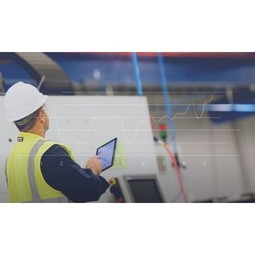 |
CONDITION MONITORING
Parker wanted the ability to apply a common cloud-based remote monitoring platform across many applications. Compressed air can be expensive and inefficient, so Parker’s innovative Transair piping system was chosen as the initial host product. Parker had a unique chance to create a solution that would help facility managers understand their compressed air systems’ key performance so that they could efficiently manage and optimize this critical system. |
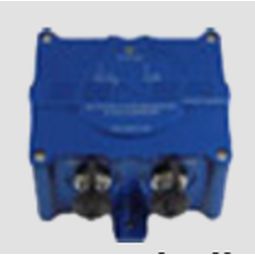 |
Offshore Monitoring
Extreme storms, strong undersea currents, potential collisions and even normal wear and tear are all cause for concern for those who operate offshore structures. When customers factor in their remote locations, even knowing if they are in place and functioning can be a challenge. Today’s inspections are about to be out of date. |
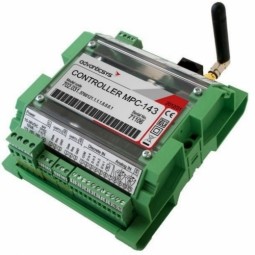 |
Remote Monitoring
Kaunas Energija's Heat and Power Plants were distributed across the country, including in places lacking an internet connection. This made supervision and maintenance difficult and expensive. |
Use Cases
18
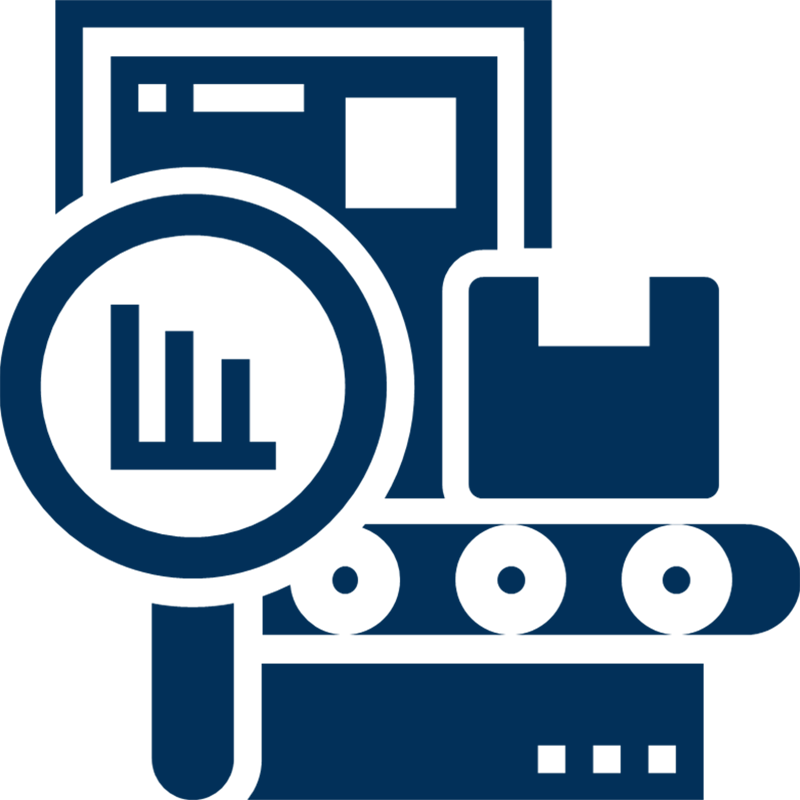 |
Condition Monitoring
Condition monitoring involves monitoring a set of parameters that define the condition of machinery or equipment with the objective of identifying significant changes that indicate a potential fault or inefficiency. Condition monitoring is frequently used by maintenance teams to monitor the actual condition of an asset and to extract information regarding actual wear and degradation. Devices such as vibration sensors or power monitors are used to obtain the data required to identify abnormalities.The most common goals of condition monitoring systems include:Decreasing maintenance costsMoving teams to condition-based maintenanceSaving costs on prematurely changed resourcesImproving downtime responseFlagging inefficiencies |
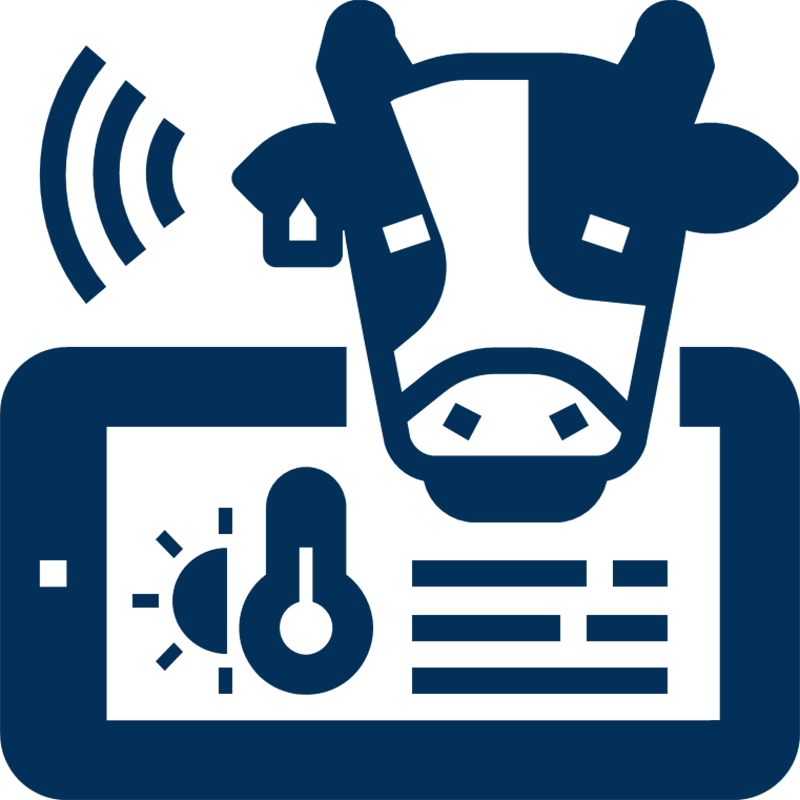 |
Livestock Monitoring
Livestock monitoring solutions use wearable devices such as electronic bands with the capability to stream data to the cloud to help farmers make better decisions by giving them access to more information about the health, status, and location of livestock. Wearables are mounted on the animal and monitor indicators such as heart rate, respiratory rate, blood pressure, digestion level, and other vitals that indicate health levels. State-of-the art systems monitor eating, rumination and inactive behavior. They can detect signs of diseases like ketosis, subclinical mastitis and pneumonia days before their symptoms are visible to the human eye. This allows you to save time and money by catching and treating a sick animal before she needs medical treatment, shows a drop in milk production or needs to be culled. In addition to health, these sensors can also be used for tracking location of liverstock, monitoring reproductive cycles, and maximizing livestock livelihood. |
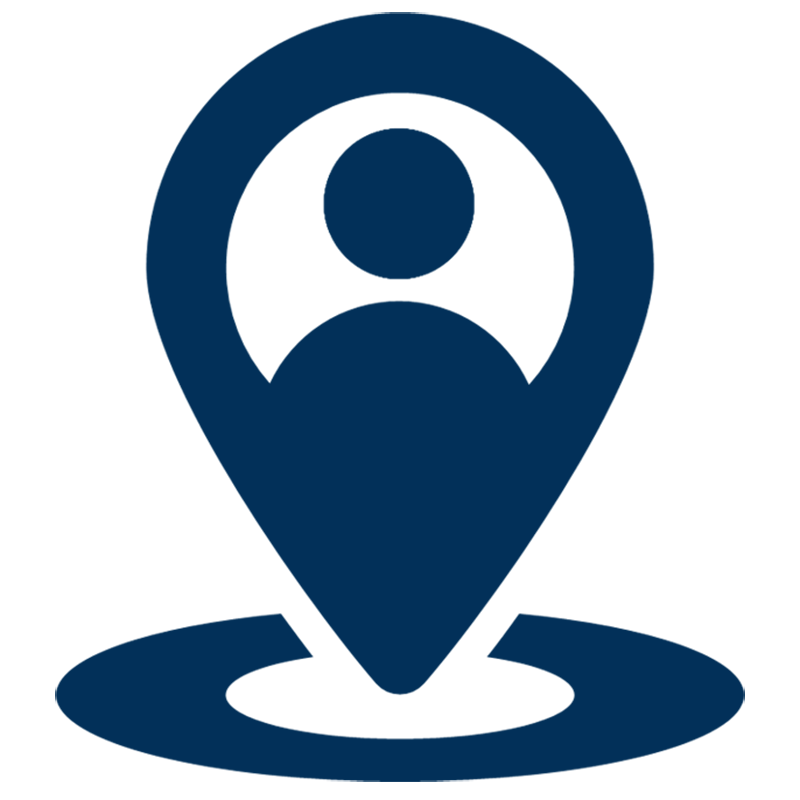 |
Occupancy Monitoring
Occupancy monitoring tracks the occupany of different locations and supports automated decision-making to best utilize space. They are most commonly used in shared working spaces such as hot desks and meetings rooms but are also used for other defined spaces such as store aisles and restrooms. Passive proximity sensors detect the presence of people in the defined area and send information to the system. The sensors typically use infrared or beacon technologies. Imaging systems can also be used to gain more sophisticated data about the type of occupant, such as gender or age. This information can also be made available to management to help them better plan their capacity or to inform others of space availability. |

